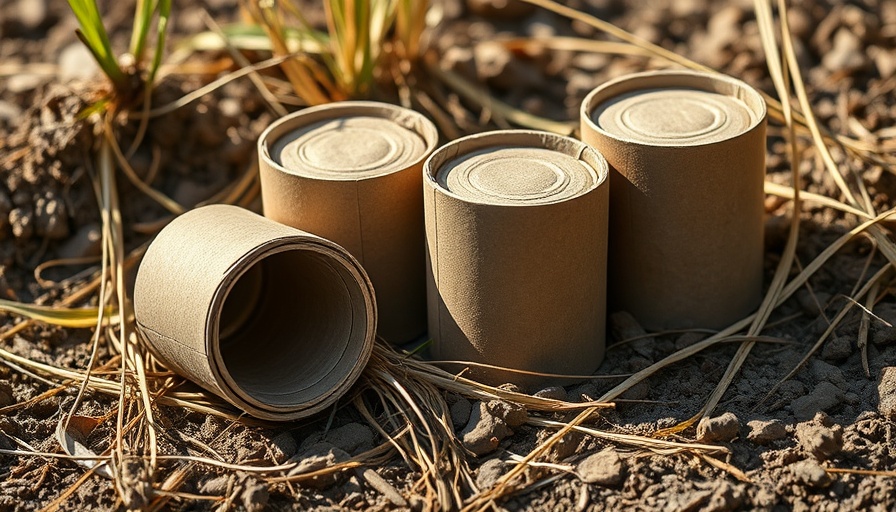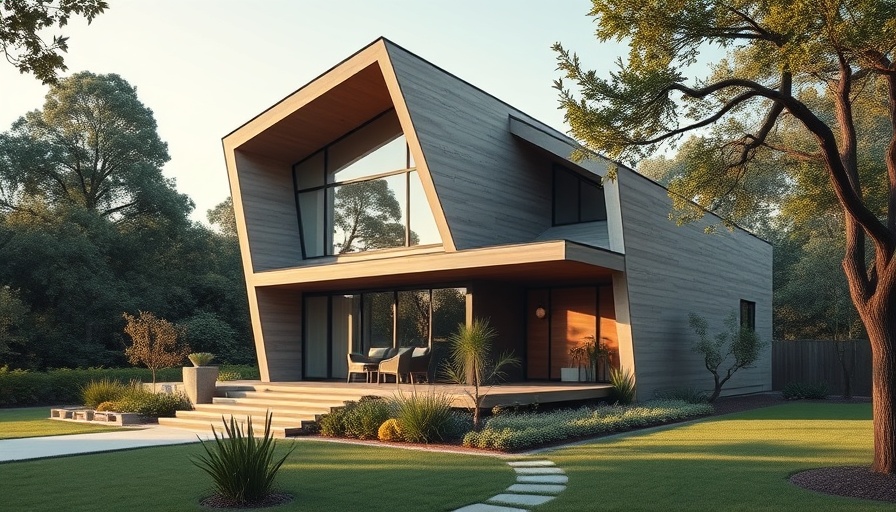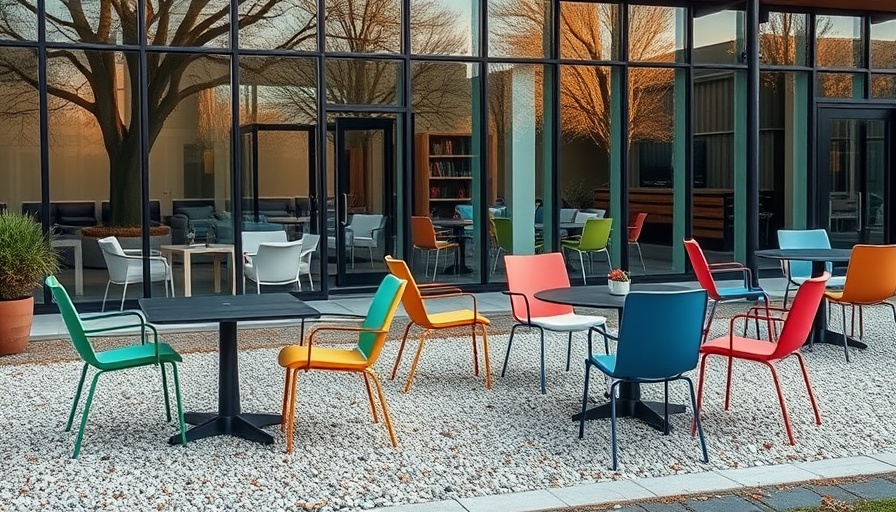
Revolutionizing Sustainable Construction with Cardboard-Confined Rammed Earth
The Royal Melbourne Institute of Technology (RMIT) has tapped into a remarkable potential of two humble materials—cardboard and soil—creating a groundbreaking construction innovation that stands to reshape the building industry. Their newly developed material, known as cardboard-confined rammed earth (CCRE), is set to usher in a new era of sustainable construction methods. By encasing traditional rammed earth in cardboard tubes, RMIT researchers are eliminating the reliance on cement, which is notorious for its high carbon emissions. This innovative material holds the promise of significant reductions in the environmental impacts typically associated with construction.
A Low-Carbon Solution to High Environmental Costs
Today, the global construction sector is a considerable contributor to carbon emissions, with activities related to cement production accounting for approximately 8% of the world's annual CO2 emissions. The advent of CCRE marks a pivotal step toward a cleaner, more sustainable future. Carbon emissions are slashed to about one-quarter of that produced by concrete, thanks to the elimination of cement components.
By integrating the lightweight cardboard with compacted earth, this new material not only reduces carbon footprint but also offers insulation properties that traditional materials lack. Dr. Jiaming Liu, one of the lead researchers, noted, “Repurposing cardboard for construction not only diverts it from landfill but also transforms it into a valuable, ultra-low-carbon building resource.” With more than 2.2 million tons of cardboard waste generated annually just in Australia, CCRE addresses two formidable issues at once: reducing waste while providing an innovative construction alternative.
How Cardboard-Confined Rammed Earth Works
Unlike conventional rammed earth construction which utilizes temporary molds generally made of plywood or steel, CCRE employs cardboard tubes as a permanent formwork. This design concept not only serves to contain the material during construction but enhances the overall strength and stability of the walls. The researchers assert that the cardboard significantly contributes to the durability of the rammed earth by enhancing its performance against potential cracking and seismic forces.
Furthermore, the construction process is simplified. Builders can create CCRE directly on-site with just soil, water, and cardboard—materials that are generally more accessible than conventional building supplies. This method can streamline operations, reduce transport costs, and lessen the material demands for construction, which is particularly beneficial for projects in remote areas. Areas with abundant red soil, ideal for rammed earth construction, could see a resurgence in local building methods employing this innovative technique.
Potential Impact on Housing Design
The implications of CCRE extend well beyond sustainability; its characteristics make it suitable for low-rise and modular buildings. High thermal mass properties allow rammed earth structures to naturally regulate indoor temperatures, minimizing reliance on heating and cooling systems which, in turn, contributes to further reductions in a home’s carbon footprint.
Inspired by the work of architects like Shigeru Ban, whose cardboard designs have showcased the material’s potential, the RMIT team is redefining the parameters of sustainable building practices. Prototypes have demonstrated strong mechanical performance, comparable to cement-stabilized rammed earth, opening doors to serious applications in modern architecture and home design.
Exploring Architectural Excellence
For every homeowner and aspiring architect, these innovations herald exciting possibilities. Imagine a home constructed from CCRE, crafted with local materials, and completed with a design that not only respects the planet but also adds unique aesthetic qualities to living spaces. As designers gravitate toward this new composite, we can anticipate a shift in norms surrounding sustainable architectural choices.
This approach not only provides eco-conscious consumers with beautiful, functional living spaces but also denotes a significant shift in how we conceive residential construction. Sustainable design is poised to lead the charge into the future of home building, invigorating markets in Carmel, Pebble Beach, and Monterey with options that marry form and function without compromising our ecological footprint.
Take Action for Sustainable Living
As the world strives for a greener future, consider how the materials in your next home or remodel can align with sustainable practices. With advancements like CCRE, crafting a living space that is both beautiful and eco-friendly is more accessible than ever. Ready to explore the potential of designing your sustainable haven?
Let Us Design, Plan & Build Your Next Home or Remodel. Call 831-521-7729.
 Add Row
Add Row  Add
Add 




Write A Comment